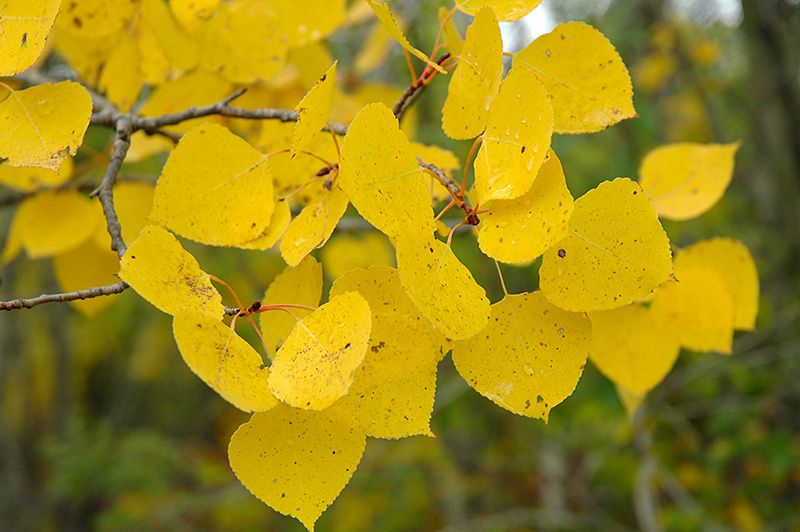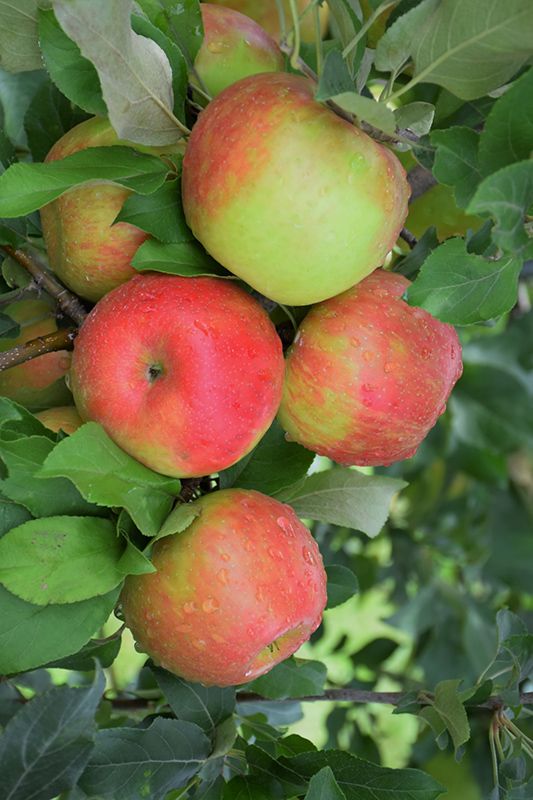Picea, Meyers Spruce' (Large)


- Sun Preference
- Full-Sun
As low as $0.00
Description
A hardy spruce with short, dark bluish green needles and ornamental, purplish red cones. Adaptable to most soil types.
Minnesota's Largest Selection of Trees
At Minnesota's Destination Garden Center, we offer a diverse range of trees to suit any landscaping need. Whether you're looking for shade trees to cool your home or ornamental trees to add beauty and interest, you'll find the perfect tree at Gertens. Our knowledgeable staff can help you select the right tree for your space and provide tips for care and maintenance. Visit Gertens today and explore the unmatched variety of trees to enhance your outdoor environment!
Details
Meyer's Blue Spruce | Picea meyeri
Height: 45 feet
Spread: 25 feet
Sunlight: full sun to partial shade
Hardiness Zone: 4a
Other Names: Chinese Blue Spruce
Description:
A beautiful medium growing blue-green spruce with short needles; its shape, color and excellent needle retention make it ideal as an ornamental tree; more disease resistant than Colorado spruce and considered a good replacement
Ornamental Features
Meyer's Blue Spruce is primarily valued in the landscape for its distinctively pyramidal habit of growth. It has attractive bluish-green evergreen foliage. The needles are highly ornamental and remain bluish-green throughout the winter. The smooth gray bark adds an interesting dimension to the landscape.
Landscape Attributes
Meyer's Blue Spruce is a dense evergreen tree with a strong central leader and a distinctive and refined pyramidal form. Its average texture blends into the landscape, but can be balanced by one or two finer or coarser trees or shrubs for an effective composition.
This is a high maintenance tree that will require regular care and upkeep. When pruning is necessary, it is recommended to only trim back the new growth of the current season, other than to remove any dieback. Deer don't particularly care for this plant and will usually leave it alone in favor of tastier treats. It has no significant negative characteristics.
Meyer's Blue Spruce is recommended for the following landscape applications;
- Accent
- Vertical Accent
- Windbreaks and Shelterbelts
- Planting & Growing
Meyer's Blue Spruce will grow to be about 45 feet tall at maturity, with a spread of 25 feet. It has a low canopy, and should not be planted underneath power lines. It grows at a slow rate, and under ideal conditions can be expected to live for 80 years or more.
This tree should only be grown in full sunlight. It is very adaptable to both dry and moist growing conditions, but will not tolerate any standing water. It is not particular as to soil type or pH, and is able to handle environmental salt. It is highly tolerant of urban pollution and will even thrive in inner city environments. This species is not originally from North America.
More Information
| Available for Pre-Order | No |
|---|---|
| Tree Type | Evergreen |
| Sun Preference | Full-Sun |
| USDA Hardiness Zone | 4, 5, 6, 7 |
| Common Family Name | Spruce |


